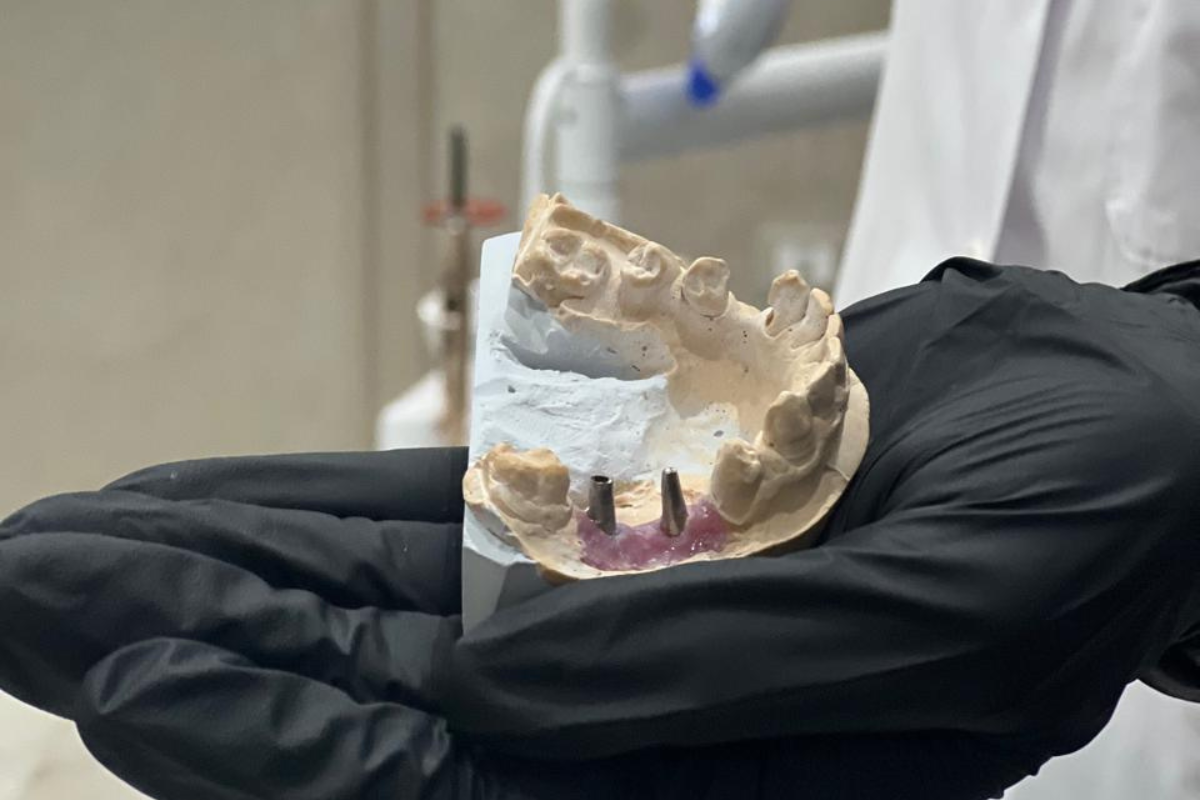Advantages of
Teeth Braces
1. Corrects Misalignments: Braces effectively address a variety of teeth misalignments, including crooked teeth, overbites, underbites, and other alignment issues.
2. Improves Oral Health: Properly aligned teeth are easier to clean, reducing the risk of cavities, gum disease, and other dental issues associated with poor alignment.
3. Enhances Bite Function: Braces contribute to a balanced bite, preventing problems such as uneven wear on teeth, jaw pain, and temporomandibular joint (TMJ) disorders.
4. Speech Improvement: Correcting misalignments with braces can positively impact speech, helping with pronunciation and clarity.
5. Prevents Future Dental Problems: Addressing misalignments early with braces can prevent or mitigate potential dental problems, including tooth decay and gum issues.
6. Boosts Self-Confidence: As braces gradually improve the alignment of teeth, individuals often experience increased self-esteem and confidence with a straighter smile.
7. Long-Term Oral Health: Investing in braces promotes long-term oral health, reducing the likelihood of future complications and extensive dental interventions.
8. Guides Proper Jaw Growth: Braces used during childhood or adolescence can guide proper jaw development, preventing potential issues as the individual grows.
9. Customized Treatment Plans: Orthodontists tailor braces treatments to the specific needs of each patient, ensuring individualized and effective correction of misalignments.
10. Modern Options Available: With advancements in orthodontic technology, there are now modern options like clear aligners that offer a more discreet and comfortable alternative to traditional braces.





